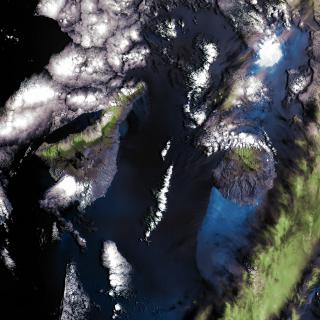I. Bustamante, A. Oscoz, A. Ynigo, S. Sordo, C. Colodro, J. Sanluis, P. G. de Chaves, A. Peláez, A. Pérez, J. Alonso, and P. Redondo, \From science to industry, technology transference with CubeSats," in Contributions to the XIV.0 Scienti c Meeting (virtual) of the Spanish Astronomical Society, p. 216, July 2020.
The Instituto de Astrofísica de Canarias (IAC) has as main objective to promote and carry out all types of research in astrophysics and its related fields. This mission means that the IAC has been involved in instrumental developments for both ground-based and space observations for decades. This accumulated experience led the IAC to launch an innovative initiative, IACTEC, a technological and business collaboration space set up by the Instituto de Astrofísica de Canarias (IAC), whose mission is to develop in the Canary Islands an innovative ecosystem for the transfer of high technology between the public sector and companies, taking advantage of the scientific and technological capital of the IAC. Within this initiative, IACTEC-Space focuses on innovation and development related to the payload of small satellites and remote sensing. Here we present the first IACTEC-Space project, the DRAGO instrument, one of the first SWIR cameras on board in a CubeSat, ALISIO-I. DRAGO-ALISIO will be launched on 2021 with the aim of studying urgent issues for the Canary Islands, such as fire controls, deforestation and water pollution, but also to train a multidisciplinary team in the design, development and integration process of payloads for satellites.



